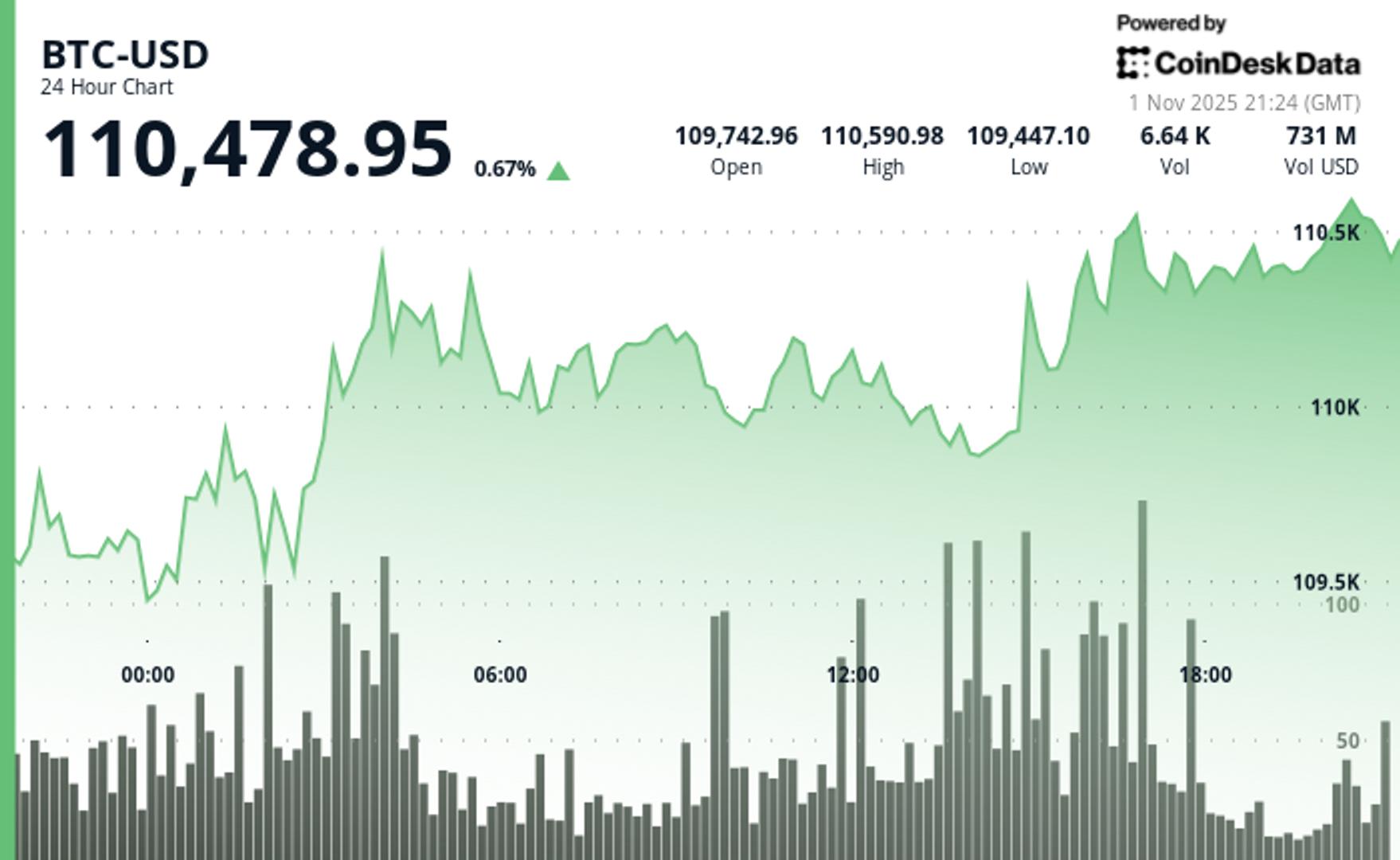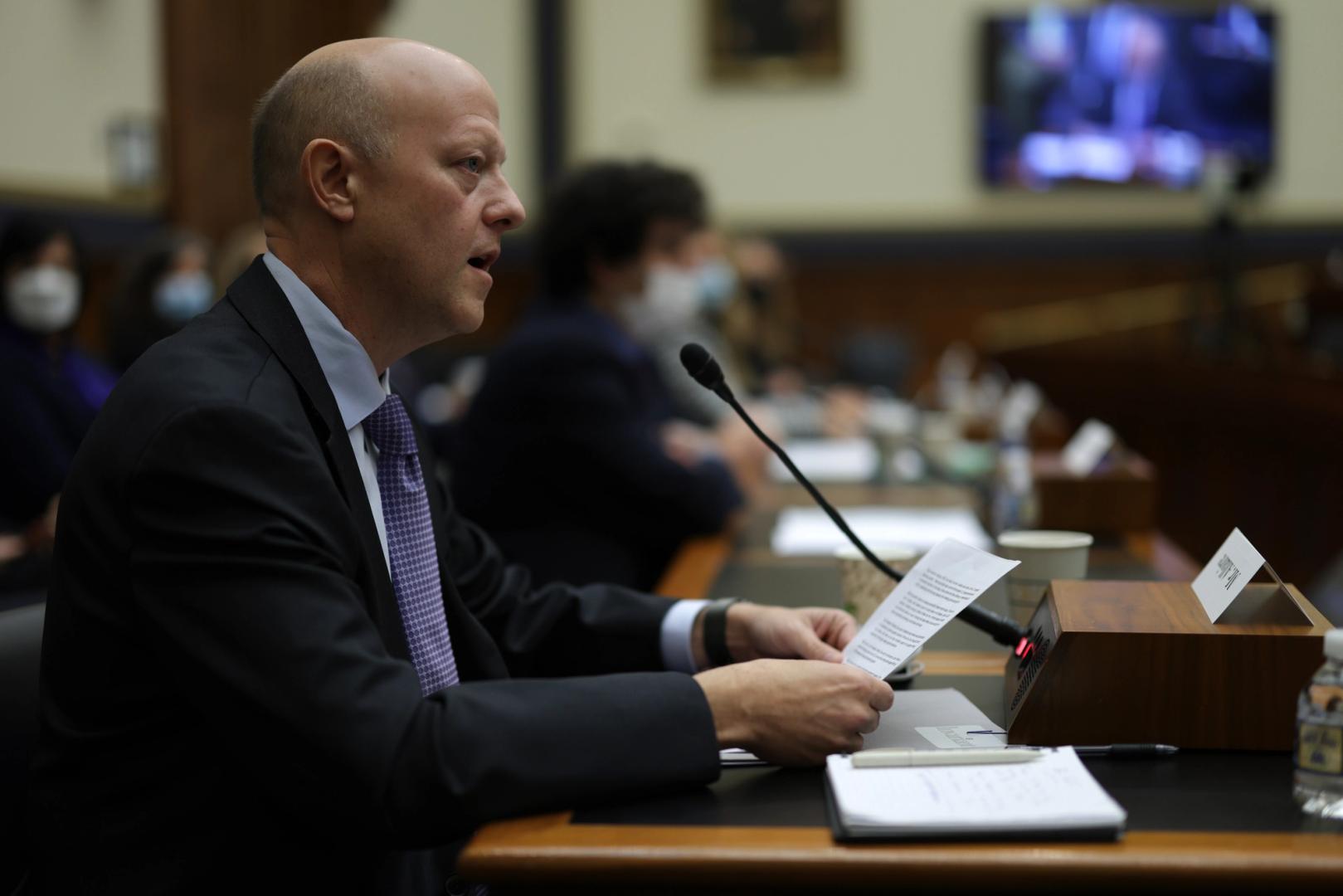Ripple Senior Vice President Markus Infanger, the head of RippleX, argues the XRP Ledger (XRPL) is built for the next phase of real-world-asset tokenization and says today’s SPV-heavy market is only a bridge to “native issuance.”
From immobilization to native issuance
In an Aug. 12 blog post, Infanger draws a direct line from the 1970s shift in capital markets — when Euroclear and DTCC immobilized paper certificates in vaults while moving ownership records to be electronic — to today’s tokenization stack.
He says Special Purpose Vehicles (SPVs) play a comparable, transitional role now: legally familiar wrappers that hold the off-ledger asset (treasuries, real estate, credit) while issuing a tokenized representation on a network. The model is “clunky” and centralized, he acknowledges, but useful as infrastructure, standards and policy mature. It is, in his words, “scaffolding,” not the end state.
The “endgame,” Infanger contends, is native issuance — assets “born digital,” where the token is the legal instrument, compliance is enforced by code, settlement is atomic, and liquidity is composable across venues rather than trapped in wrappers and intermediaries.
Why Infanger says XRPL stands out
Infanger’s case for XRPL centers on protocol-level capabilities intended for financial use from the outset, which he argues reduce integration work and operational risk for institutions moving from SPVs toward native issuance:
- On-ledger exchange (built-in DEX): XRPL includes a native order-book exchange, allowing issued tokens to trade directly on the ledger without external smart-contract routers. For tokenized RWAs, that can mean immediate listing and peer-to-peer execution with fewer moving parts.
- Near-instant, low-cost settlement: The ledger’s consensus design targets fast finality and minimal transaction fees, a combination Infanger says is critical for high-volume instruments (for example, tokenized T-bills or invoices) where carry, fees and operational latency matter.
- XLS-30 automated market maker (AMM): This standard introduces on-ledger liquidity pools that algorithmically set prices based on inventory, so tokens can trade even when a matching order isn’t present. For RWA markets that need continuous two-way prices—rather than episodic RFQs—on-ledger AMMs can help stabilize liquidity.
- XLS-65 lending vaults: A proposed standard for protocol-level borrowing and lending. Instead of building bespoke smart contracts, issuers could enable secured credit (for example, borrowing against a tokenized note or real-estate claim) with rules defined at the standard level, aiding auditability and risk controls.
- Programmable compliance and custody hooks: Because issuance, exchange, and settlement live in the base protocol, Infanger argues that rule sets (whitelists, transfer restrictions, disclosures) and custody workflows can be embedded directly into asset lifecycles—supporting regulatory alignment as volumes scale.
- Composability: With exchange, liquidity, lending and issuance primitives designed to interoperate, tokens can move through primary issuance, secondary trading, collateralization and settlement without stitching together multiple external systems. Infanger says that’s the path to “embedded” liquidity rather than fragmented silos.
Early signs of native issuance
To illustrate the direction of travel, Infanger cites a pilot by Ctrl Alt with Dubai’s land regulator to mint property ownership records on XRPL. By recording titles natively, the scheme aims to streamline transfers, improve auditability and embed supervisory visibility.
Ctrl Alt also plans to integrate Ripple Custody for secure storage of tokenized deeds—an example of how ledger-level functionality and institutional-grade custody can be paired in production.
Why SPVs aren’t going away — yet
Infanger cautions against writing off SPVs.
They remain the pragmatic path for institutions that must operate under current law, satisfy auditors and test operational readiness. But, he argues, immobilization in the 1970s paved the way for full dematerialization; likewise, SPVs can onboard capital and inform policy while the industry builds toward assets that are “born digital,” with compliance and settlement embedded at the protocol layer.
The pitch to institutions
The message to banks, asset managers and treasurers is incremental rather than revolutionary: use SPVs where needed today, but design with native issuance in mind.
Infanger’s bet is that a public, finance-oriented ledger with built-in exchange, liquidity and credit standards will shorten that path — reducing bespoke code, simplifying controls and making on-ledger assets behave more like mainstream financial instruments at scale.

 2 months ago
137
2 months ago
137








 English (US) ·
English (US) ·